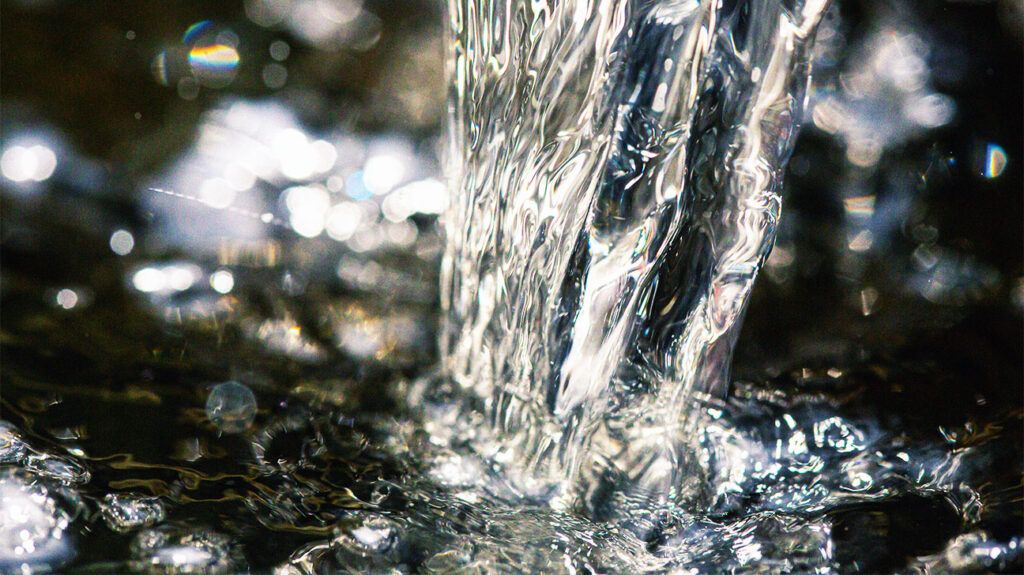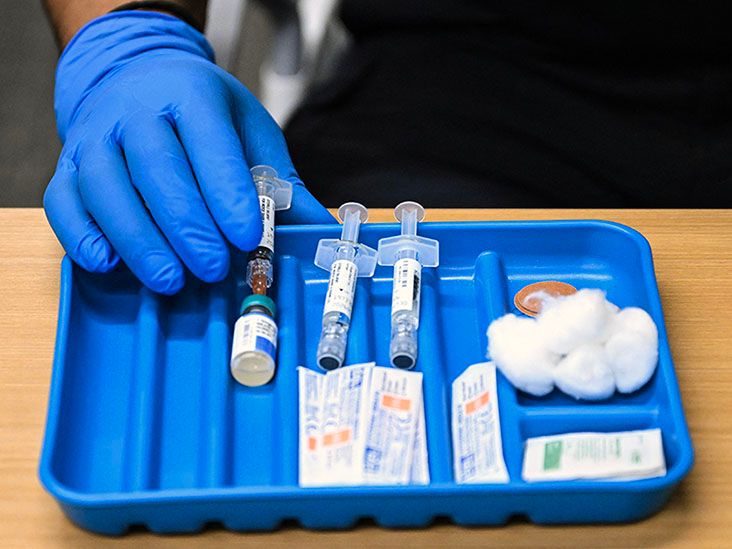Consistently clear, colorless urine may indicate a person is over-hydrating or a potential dysfunction in the kidneys.
Healthy urine is pale-to-light yellow color and may appear almost clear at points. However, if a person regularly passes fully-clear urine it may be cause for concern.
This article contains more information on the causes of clear urine, when to see a doctor, and what other urine colors mean.

Diabetes occurs when the body cannot regulate blood sugar (glucose) levels and cannot properly use sugar for energy. People with diabetes often have excessive thirst and may feel the need to
Diabetes insipidus
Diabetes insipidus is a rare condition that occurs when the kidneys produce an unusually high amount of urine.
According to the National Institute of Diabetes and Digestive and Kidney Diseases, most people pass around
People living with diabetes insipidus do not have issues with their blood sugar levels like those with more common types of diabetes. Instead, their kidneys cannot balance fluids properly, and their body may make them feel more thirsty than normal to help replace lost fluids.
Gestational diabetes
Pregnant people may also develop a form of diabetes called gestational diabetes. The symptoms may be mild but include increased thirst and needing to urinate more often.
If the kidneys are damaged or infected, a person can experience abnormal urination, including clear urination. They may also have other symptoms, such as painful urination or a fever.
A set of rare conditions known as Bartter syndrome, or potassium wasting, can also cause a person to urinate frequently. If they drink more to compensate, their urine may be clear.
Fully-clear urine may suggest that a person is too hydrated. If a person consumes an excessive amount of liquids during the day, they may have too much water in their system. When this occurs, they can inadvertently dilute their blood and lower their essential salt and electrolyte levels.
In very rare cases, a person may develop hyponatremia. Hyponatremia is a potentially life threatening condition in which the brain swells due to a lack of salt in the body.
Taking diuretics is another possible cause of clear urine. These medications cause the body to produce more urine to flush out extra salts and water.
If a person is taking diuretics, it can cause excessive urination that may be very pale or clear.
Urine can vary in color depending on the person and their diet. In many people, urine color may indicate the level of hydration, foods eaten or medications taken, or the presence of an underlying health condition.
If a person experiences clear urine, they do not usually need to take any further action. Clear urine is a sign of good hydration and a healthy urinary tract.
However, if they consistently notice clear urine and also have extreme or unusual thirst, it is best to speak to a doctor. Other colors of urine, such as red, black, or white, could indicate underlying health conditions and require a doctor’s attention.
In most people, clear urine indicates that they are well hydrated. However, consistently clear urine could be a sign that they have an underlying condition.
Anyone who frequently experiences urine that is not clear or yellow or who has other urinary tract symptoms such as burning should speak to a doctor.


